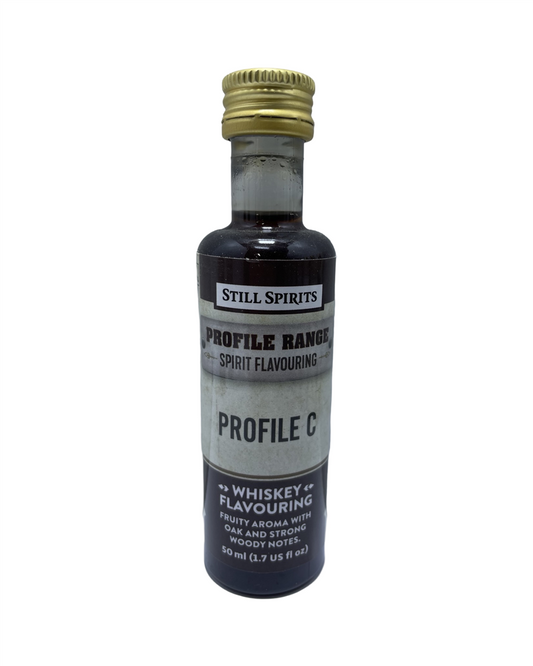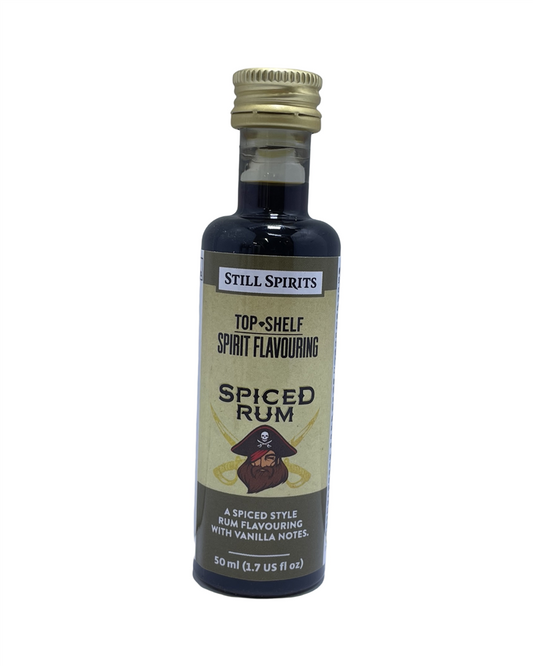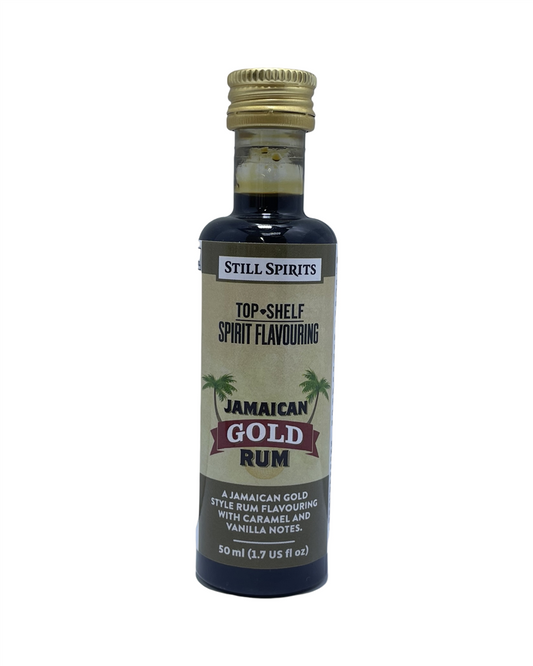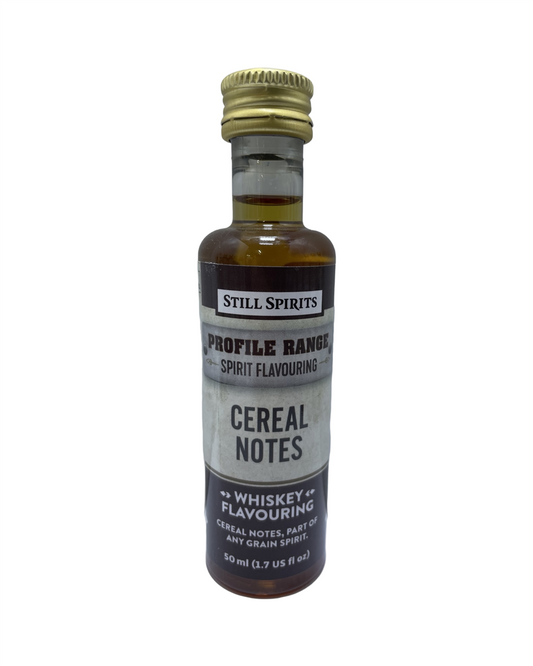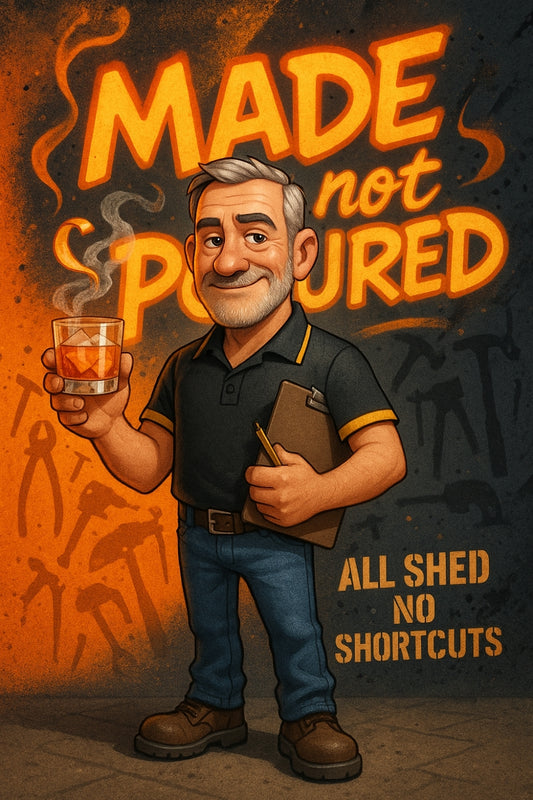
Everything You Need to Know About Beer Fermentation and Bottling
Share
If we’re talking about homebrewing, we're diving straight into the good stuff: fermentation and bottling. Think of it as the heartbeat and final flourish of brewing your very own craft beer at home. If you’re excited (and maybe slightly intimidated), don’t worry—I’ve got you covered. By the time we’re done, you’ll be all set to craft brews that’d make the big-name breweries jealous!
Getting to Know Fermentation: The Magic of Beer-Making
If brewing beer were a story, fermentation would be the epic twist where everything comes together. It’s the part where you stop being a cook and start being a scientist—or, at the very least, where sugar transforms into alcohol, courtesy of your new best mate: yeast. Yep, those tiny, hardworking organisms are the heroes here, munching on your brew’s sugars and burping out alcohol and CO2. Gross? Maybe, but isn’t ‘tasty alcohol burp water’ what craft beer is all about?
The Fermentation Process: A Sip-By-Sip Guide
- Start With the Right Gear: You’ll need a fermenter, an airlock, and a hydrometer. If you’re a beginner, a homebrewing kit is a great way to avoid decision fatigue (and you'll find some stellar ones in-store at Strathalbyn H Hardware!).
- Temperature Is King: Most beer yeasts thrive between 18–22°C. Too hot, and you might accidentally make rocket fuel; too cold, and your yeast will act like a lazy teenager, refusing to do anything.
- Patience, My Friend: You’ll need to let the beer sit for 1–2 weeks, depending on the style. Look for bubbling in the airlock, which signals fermentation is alive and kicking. Once it stops, you’re getting close!
- Check Your Gravity: Using a hydrometer, measure the density of your brew. This helps you check the alcohol content and ensures fermentation is properly complete before bottling.
Now here’s a tip: don’t open the fermenter unnecessarily. Every time you peek, you’re inviting in rogue bacteria that could ruin all your hard work. Resist the urge, even if you’re itching to sniff your creation!
Let’s Talk Bottling: The Big Finish
Ah, bottling. This step is kind of like serving a cake at a party—it’s all about presentation and that final touch of flair to make your brew perfect. The effort pays off when you see the satisfied smiles of everyone enjoying your beer (and maybe your own smirk of pride because you nailed it).
Prepping for Bottling
First things first: cleanliness is your best friend. Sterilise absolutely everything—bottles, caps, siphon tubes, your hands… the lot. The tiniest germ can ruin your batch faster than you can say "Cheers."
- Priming Sugar: Adding a little sugar to the bottle before sealing is what makes your beer fizzy. The leftover yeast eats this sugar, releasing CO2 right inside the bottle, which gives your beer that satisfying pop when opened.
- Pick Your Bottles: Brown glass bottles are ideal—they block out light and reduce the chance of your beer tasting like a rusty pipe.
- A Gentle Hand: Use a siphoning hose to transfer your beer into bottles without disturbing the sediment at the bottom of your fermenter. Nobody likes cloudy beer with weird floaty bits. Trust me.
The Waiting Game
Once bottled, you’ll need to let your beer condition at room temperature for 1–2 weeks. Think of it like a fine-tuning process—it’s during this stage that your brew gets its fizz and full flavour. After that, pop it in the fridge and get ready for the ultimate moment of truth: your first sip.
Common Homebrewing Woes (and Fixes)
Let’s address the sweaty-palmed elephant in the room: "What if I mess it up?" Don’t sweat it. Here are a few common pitfalls and how to dodge them like the brewing pro you’re about to become:
- Flat Beer: Did you forget the priming sugar? It happens. Write it in big letters in your brewing notebook next time!
- Off-Flavours: These can come from fermenting at the wrong temperature or not sanitising properly. Keep it clean and controlled—your beer should thank you by tasting amazing.
- Exploding Bottles: Sounds dramatic, right? Over-priming can lead to this fizzy disaster. Use just the right amount of sugar (we can help measure it in-store if needed).
Why Homebrewing Is So Worth It
For starters, there’s nothing quite like cracking open a beer you’ve brewed yourself. It’s something you can share with pride or savour solo after a hard day. Plus, it’s the ultimate hobby for tinkering types who love playing around with different ingredients to craft a unique flavour. And let’s face it—it’s just plain cool.
Homebrewing is your chance to create a beer that feels authentically yours. Maybe it’s a crisp lager for barbecue season, or perhaps a bold stout perfect for winding down on a chilly night. Whatever you choose, it’s made with your own hands, and that’s something worth toasting to.
Let’s Get Brewing Together!
So, ready to take the plunge? Whether you’re just starting out or levelling up your brewing game, we’ve got the gear, ingredients, and know-how you need at Strathalbyn H Hardware. Let’s make your next beer your best one yet! Oh, and if you ever get stuck, pop in for a chat. Brewing tips are better shared over a yarn, wouldn’t you agree?
Cheers to a world of great homebrews! 🍻
– Candeece


